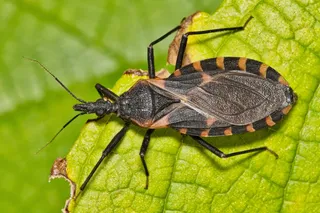Rabies is one of mankind’s long-feared diseases. And rightfully so: for centuries, a bite from a crazed, slavering animal was almost always a guarantee of a slow warping of the mind and a pained, gruesome demise. A death sentence. I just recently finished reading about our long and tragic relationship with rabies in Rabid: A Cultural History Of The World's Most Diabolical Virus by Bill Wasik and Monica Murphy, easily one of the finest non-fiction narratives on infectious diseases. The husband-and-wife duo have synergistically joined forces as a journalist and public health veterinarian to write a witty and thorough telling of the history and cultural mythology of the virus and the animals that it infects, us included. The book charts the earliest mentions of rabies treatment in ancient Greek and medieval Islamic medicine, and follows its manifestations in folklore, literature and cinema, and to its eventual taming in the development ...
The Bestial Virus: The Infectious Origins of Werewolves, Zombies & Vampires
Explore the cultural history of rabies, a virus that inspired legends of vampires, werewolves, and zombies throughout history.
More on Discover
Stay Curious
SubscribeTo The Magazine
Save up to 40% off the cover price when you subscribe to Discover magazine.
Subscribe












